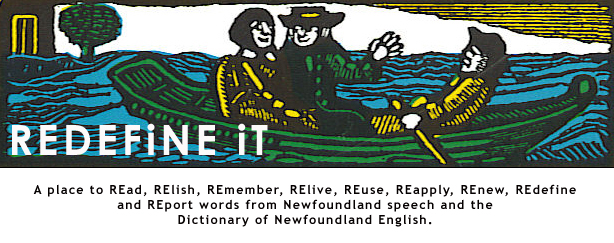MANAGEMENT PLAN
BURNT CAPE ECOLOGICAL RESERVE
Parks and Natural Areas Division
Department of Environment and Conservation
Government of Newfoundland and Labrador 2000
"The primary purpose for setting aside Burnt Cape as an Ecological Reserve is protection of it*s unique flora. Two main vegetation communities predominate at Burnt Cape: limestone barrens and tuckamoor...
2. Tuckamoor
This term is used to refer to stunted tree growth which commonly occurs throughout coastal locations in Newfoundland (i.e. ravines, lower slopes and the base of cliffs provide the right microclimate). This wind-pruned vegetation type varies in height, from tens of centimeters, to 2 meter high trees of balsam fir and white spruce. In areas of greater soil moisture, black spruce replaces balsam fir as the dominant tree species.
On Burnt Cape tuckamoor accounts for 35 % of the vegetation cover. The species which occur are typical of tuckamoor found throughout insular Newfoundland (e.g. Abies balsamea f. hudsonia), Corn lily (Clintonia borealis), Creeping snowberry (Gaultheria hispidula), Heart-leaved twayblade (Listera cordata), Starflower (Trientalis borealis) and Spinulose wood fern (Drytoperis spinulosa). Moss flora is a significant component of this community and includes the following forest floor mosses: red-stemmed moss (Pleurozium schreberi), knight*s plume (Ptilium crista-castrensis) stair-step moss (Hylocomium splendens), common hair-cap moss (Polytrichum commune), shaggy moss (Rhytidiadelphus triquetrus) and broom moss (Dicranium spp.)."
Read more from the Burnt Cape Management Plan here.
****
The REDEFiNE iT word of the week is brought to you by the Newfoundland audio book publisher Rattling Books.
Subscribe to:
Post Comments (Atom)





No comments:
Post a Comment